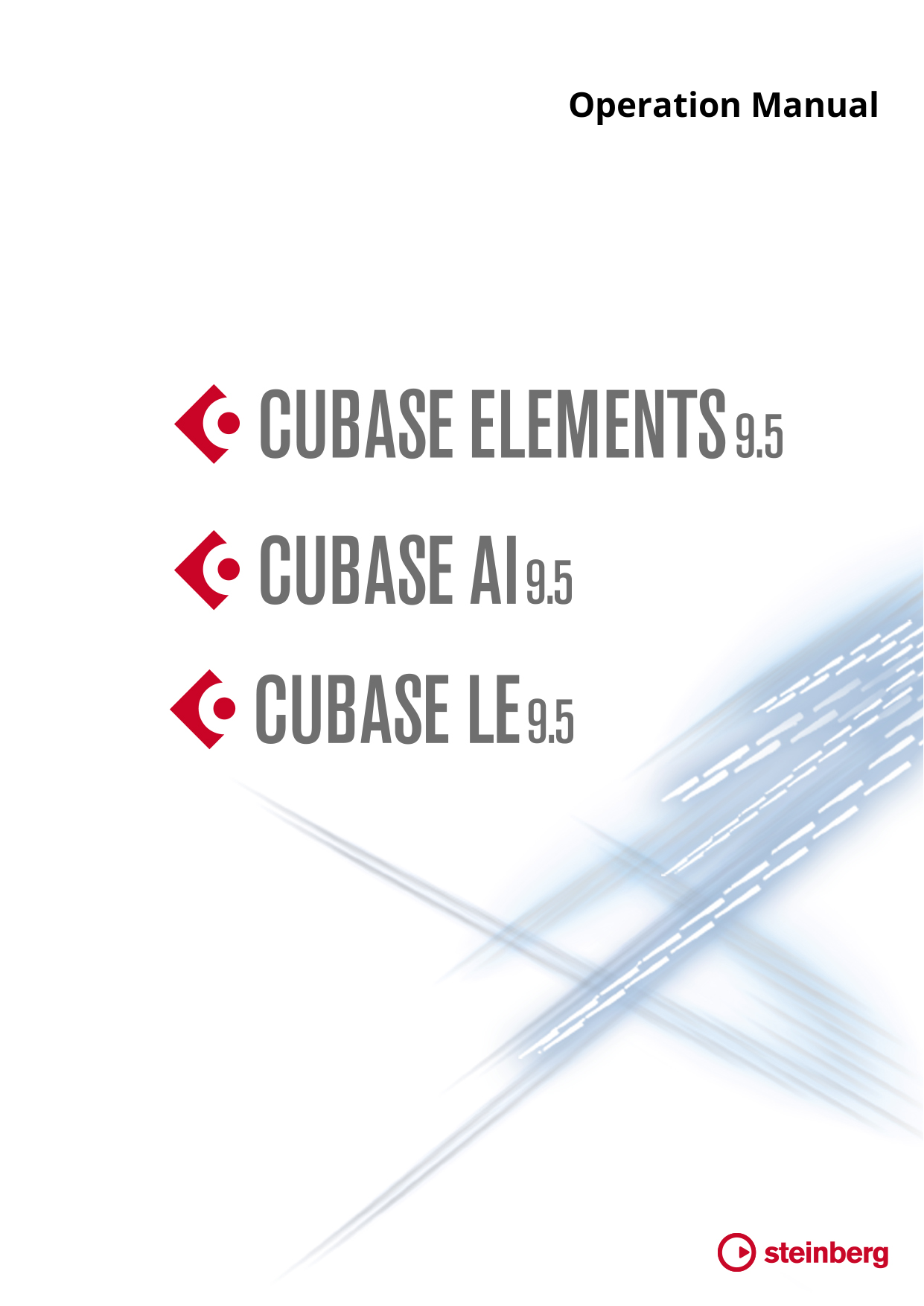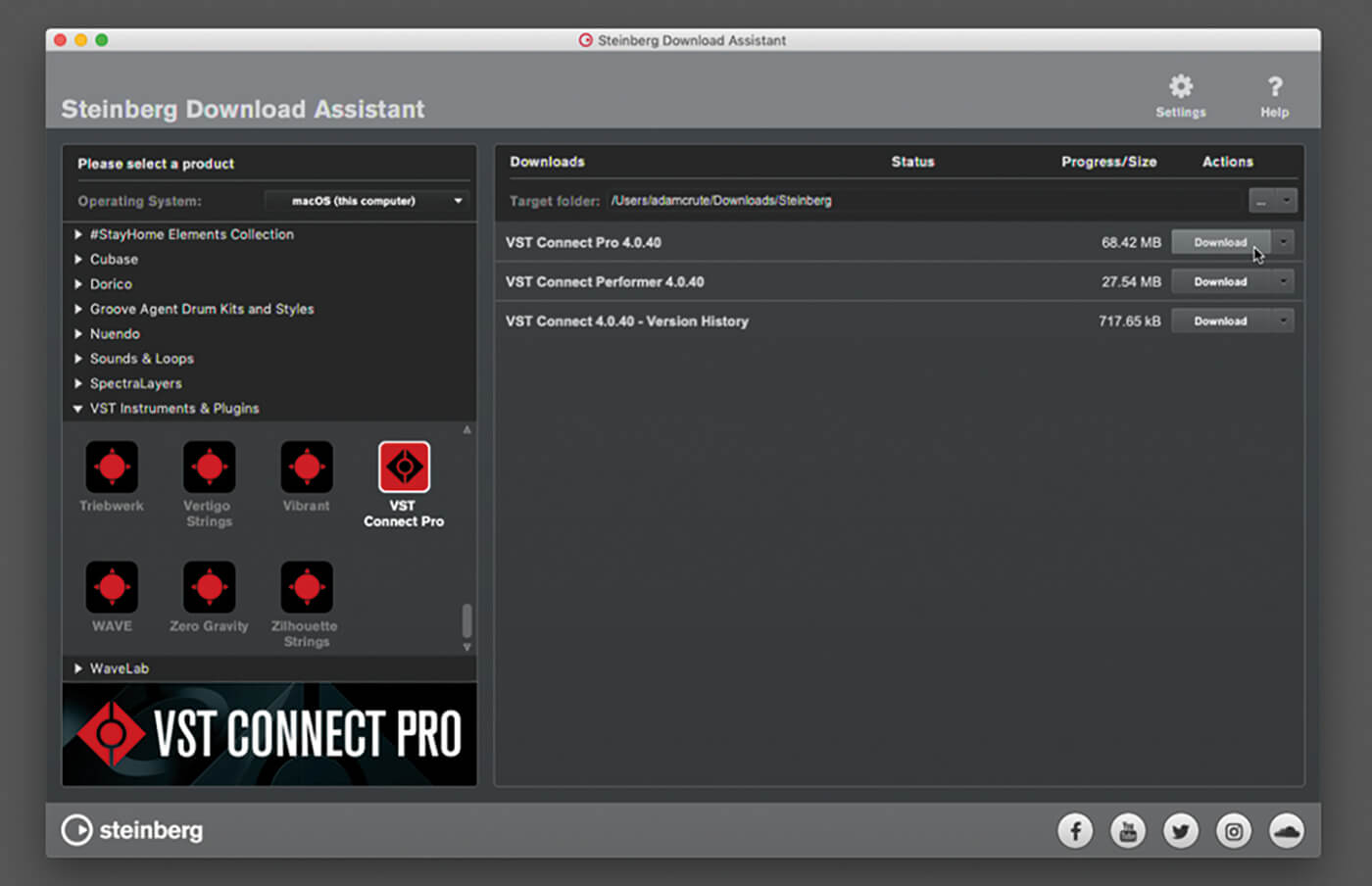

The environment processes midi outside of the normal plugin process block.so this setting MIGHT be related to that environment processing and perhaps you will not notice any difference whatsoever unless you are doing tricky things in the environment? Speculation. The truth is there is hardly any real information about this setting. Basically I am speculating too now, hehe. Its quite possible that the environment itself could have a bit more latency when using the large setting.but that playback from tracks to instruments would not have that problem at all. No idea if those discussions had merit or were speculative also. There are some old discussions from a decade ago where people talk about some subtle midi timing problems unless they use a small setting. My own experience is that I don't notice any additional latency when I use the large setting and pretty much leave it on large all the time.

That doesn't mean its not there, you would need to do some loopback tests to find out, but its not indicated as any kind of value anywhere in LogicPro. Change that value in preferences and the reported latency does not change at all. Supposedly it could be adding more latency, but there is no indicator anywhere in LogicPro that would show you how much more latency it is allegedly creating if you use say, the large setting. You can find numerous discussions about it in this forum and mentions about it various articles on the web are all kind of vague and in my opinion, speculative.

That way the question of buffer size becomes largely irrelevant.There is very little clear information about exactly what the Process Buffer Range is to be honest. However, unless you're using soft synths or samplers, it might be better to use the Saffire Pro 40's mixer utility to set up a low‑latency monitor mix. SOS Features Editor Sam Inglis adds: It's not clear from the question what sort of recordings you're making. It's also worth mentioning that, while tracking, it should be fine to use a 'lite' version of a reverb plug‑in for artist monitoring duties, if this helps take the strain off your CPU, and replace it later on when you want to sculpt the sound for your mix. So if starting a project from scratch, I'd usually set buffer size as low as possible while recording or playing parts via a MIDI keyboard, but increase it later, when the recording was finished and I was ready to begin mixing in earnest. When mixing, you're likely to need more processing power as you start to add more and more plug‑ins. If you need low latency, set the buffer size as small as your computer can manage without producing clicks and pops. The smaller the buffer size, the greater the strain on your computer, though you'll experience less latency. You're not doing any damage, so if you need low latency, try setting it down as low as you can until you hear those glitches and then raise it up a little. If the latency is too low, you'll hear pops, clicks and glitches as your computer struggles to keep up. Similarly, the greater the buffer size, the greater the latency, but with less strain being placed on the CPU. The smaller the buffer size, the greater the burden placed on your CPU, but you'll get lower latencies (for less audible delay), which is what you want when monitoring recordings through your sequencer and any processing. SOS Reviews Editor Matt Houghton replies: When it comes to buffer settings, there's a trade‑off between achieving low latency and reducing the strain on your computer's CPU. I'm just getting back into it and have got my first computer recording setup, with a PC and a Focusrite Saffire Pro 40 audio interface, but I'm confused by the buffer settings: what buffer size should I use in my projects?

I've worked with tape and ADAT in the past, but have been out of recording for a few years.


 0 kommentar(er)
0 kommentar(er)
